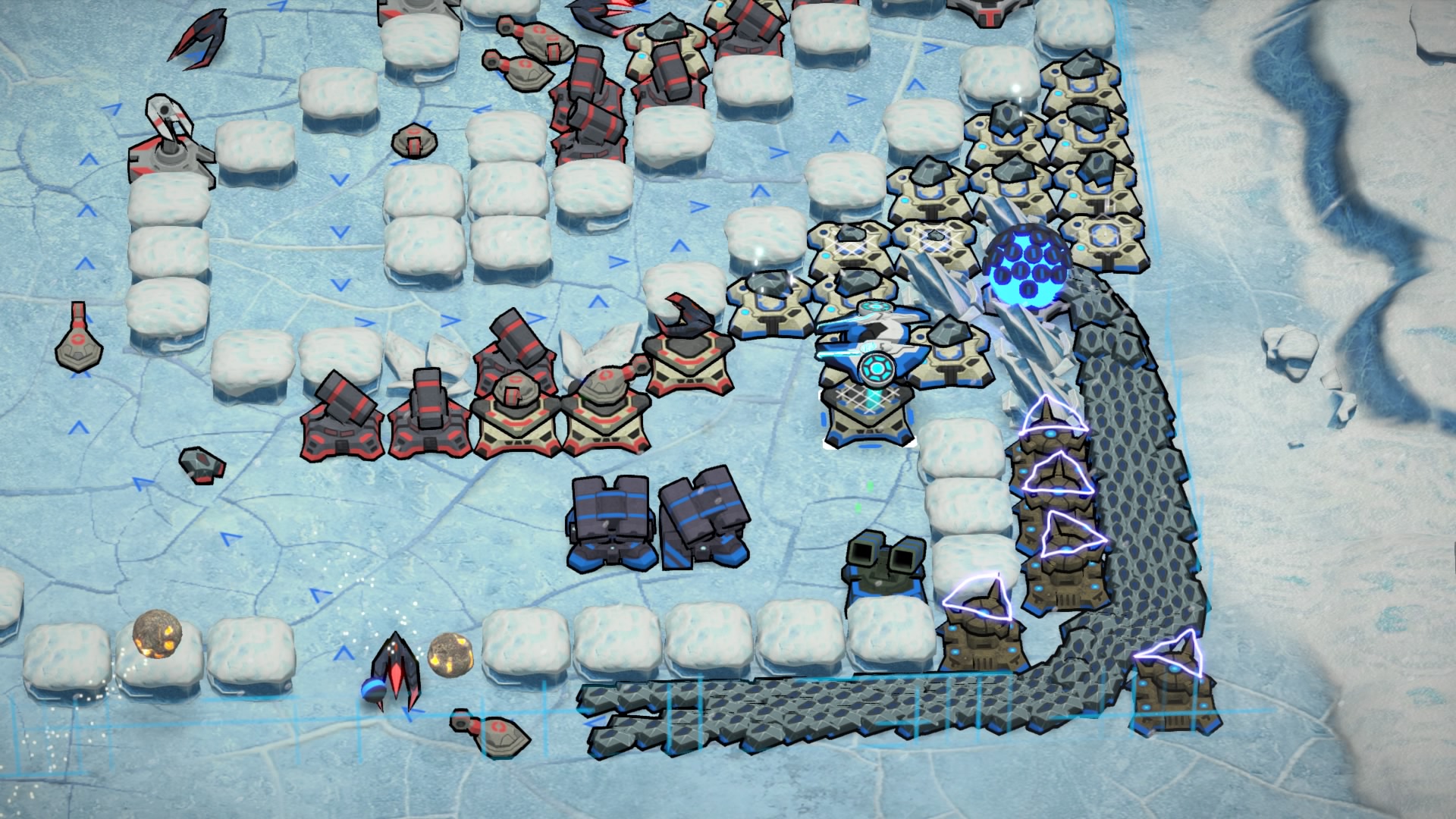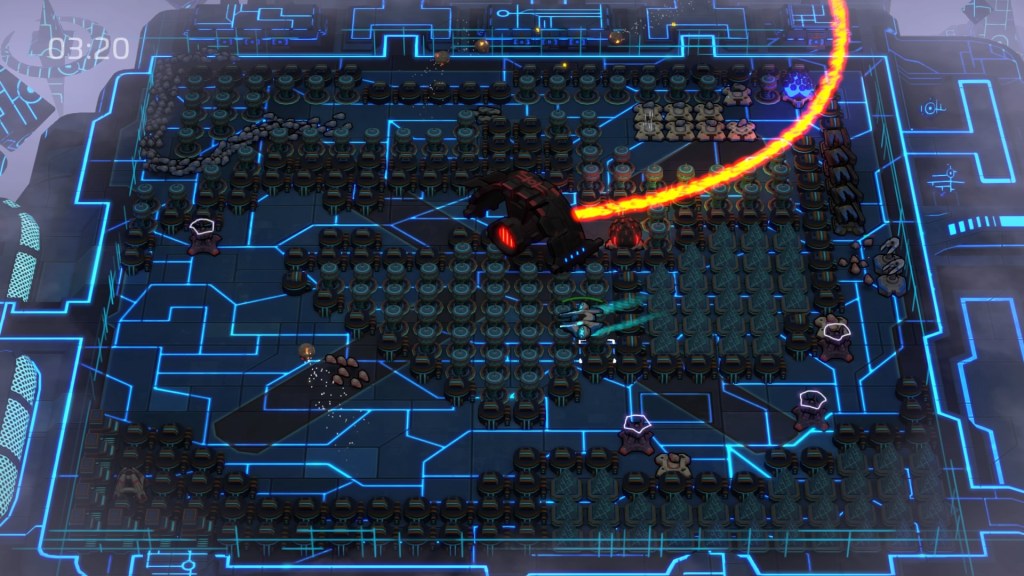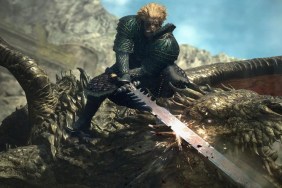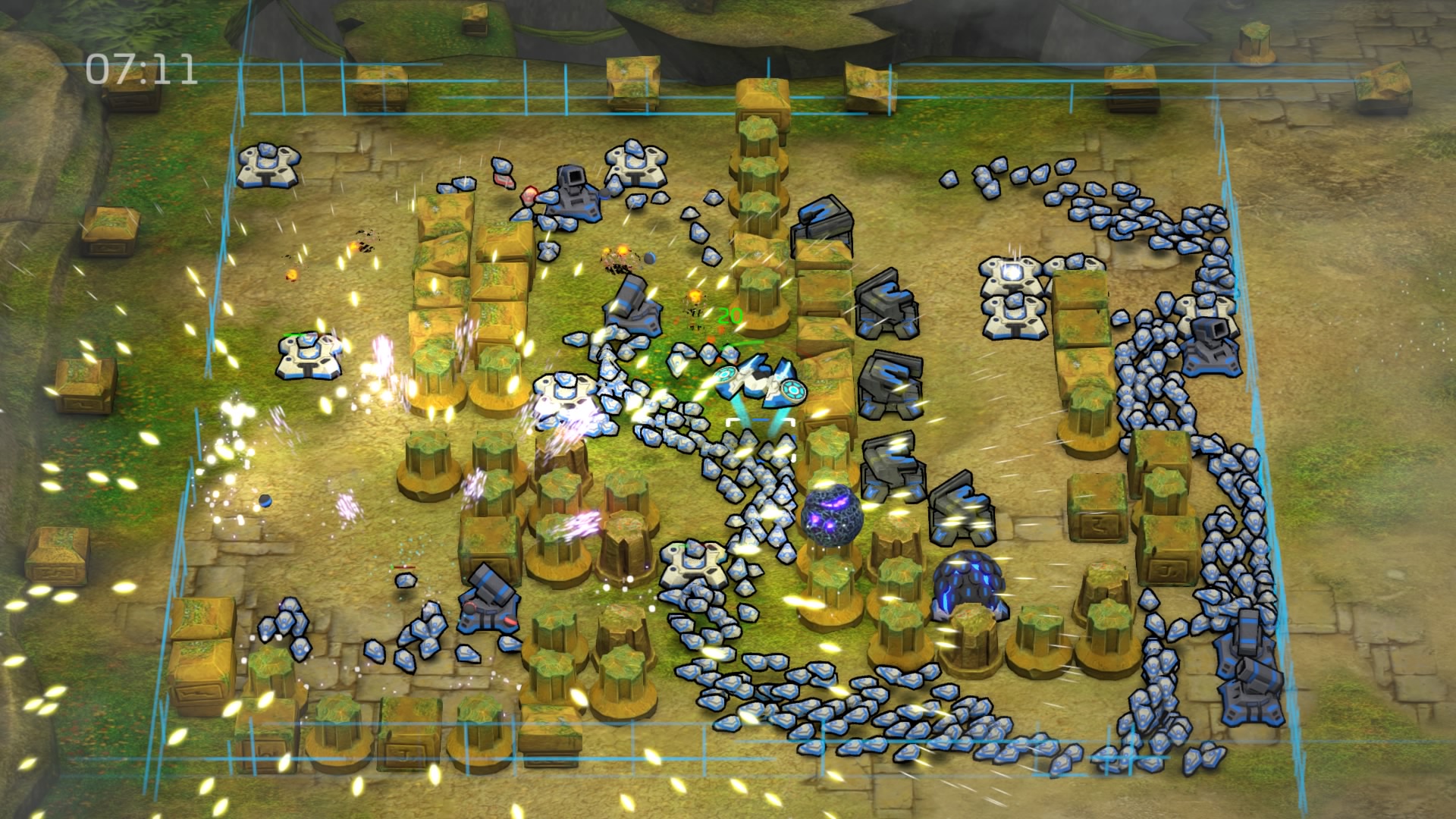
If you look at the genre divide this console generation, it would be safe to say that real-time strategy is drastically under-represented. Hell, the same could be said for pretty much any console generation, but that is more due to the inherent platform limitations than a lack of interest. That said, there are a handful of releases that dip their toe into the console pool, but very few that are willing to take the true plunge. The new indie release, Comet Crash 2: The Kronkoid Wars throws caution to the wind and dives into the deep end, headfirst. Not only does it manage to tread water, it actually makes quite a splash in the process.
Expect the Unexpected
When I think of the RTS genre, the first game that springs to mind is Blizzard’s StarCraft. When this is my point of reference, it’s a bit of a shock when you realize that Comet Crash 2 is essentially as far as you could get from that, while still being classified in the same genre. I mean, it’s a strategy game that plays out in real-time, so everything seems to check out. In reality, what is actually delivered would be more akin to tower defense, with offensive mechanics added in to balance the battlefield.
In order for the player to build themselves into a force to be reckoned with, there are a few housekeeping measures that need to be addressed first. Primarily, this consists of mining the ore and gold needed to build units and bases. The actual gathering process itself consists of zipping around the map in a ship, gathering random comets that are floating by, then returning them to the base for harvesting. Using these resources, it’s only a matter of time before you’ve constructed a budding metropolis, all centered around protecting the main base and compiling a massive army.
Where the actual tower defense comes into play is when the rubber meets the road, so to speak. While on the attack, enemy forces follow the most streamlined path to the player’s main base. Simply walling off the base on all sides isn’t allowed. Why must one vulnerable side must always be left open to attack, regardless of the fact that this simply doesn’t make sense any tactical sense? Because video games, that’s why. For this reason, strategically determining where attacking adversaries should be funneled is a key concept to grasp early on. All it takes is a little creative weapon placement and every AI drone can be efficiently herded like lambs to the slaughter. The trick is that the only way to truly learn the best approach is through the time-tested monotony that is trial and error.
Viva La Evolution
The central bases are defended by an ever-evolving collection of obstacles. Turrets, electric defensive pulsars, and cannon embankments are just a sampling of the weaponry that can be used to strike down attacking hordes, blow-up the gathered comets for mining purposes, or attack adversary entrenchments. These tools can be upgraded over the course of a conflict to pack a stronger offensive punch, with a widen their range of attack. As might be imagined, these upgrades have an ever-inflating cost to go along with the increased effectiveness. Once again, effective tactical placement ultimately becomes crucial. It doesn’t matter how powerful something is if there is still something obstructing its full productivity.
The concept of creating and upgrading units also applies to the offensive troops. Once a barracks has been placed, it will begin to churn out the standard lowest level troop possible. As this station is upgraded over time, more stout attackers will become available. It doesn’t take long to build up an impressive infantry, which also happens to be conveniently housed in the central base. Logic be damned, because apparently the base has utilized Tardis technology. Over 200 tanks can remain hidden within that bad boy, just waiting for the command to attack.
Probably the most interesting mechanic of the game itself is the player-controlled ship. Essentially this interstellar vehicle acts as the hand of God, so to speak. Building and upgrading bases, along with gathering ore and giving commands in battle are all done using this unassuming vehicle. The control scheme itself can be a bit challenging at first. This is also compounded by the tutorial, which tends to only cover very surface level mechanics. Everything else is explained through an occasional pre-match tool tip, or the new unit tutorials. While the learning curve does seem a bit steep initially, eventually the elegance of the control scheme will become more apparent. Just as shocking as the capabilities of the single little ship roaming the battlefield, players will end up dominating the battlefield with using quick, intuitive button combinations.
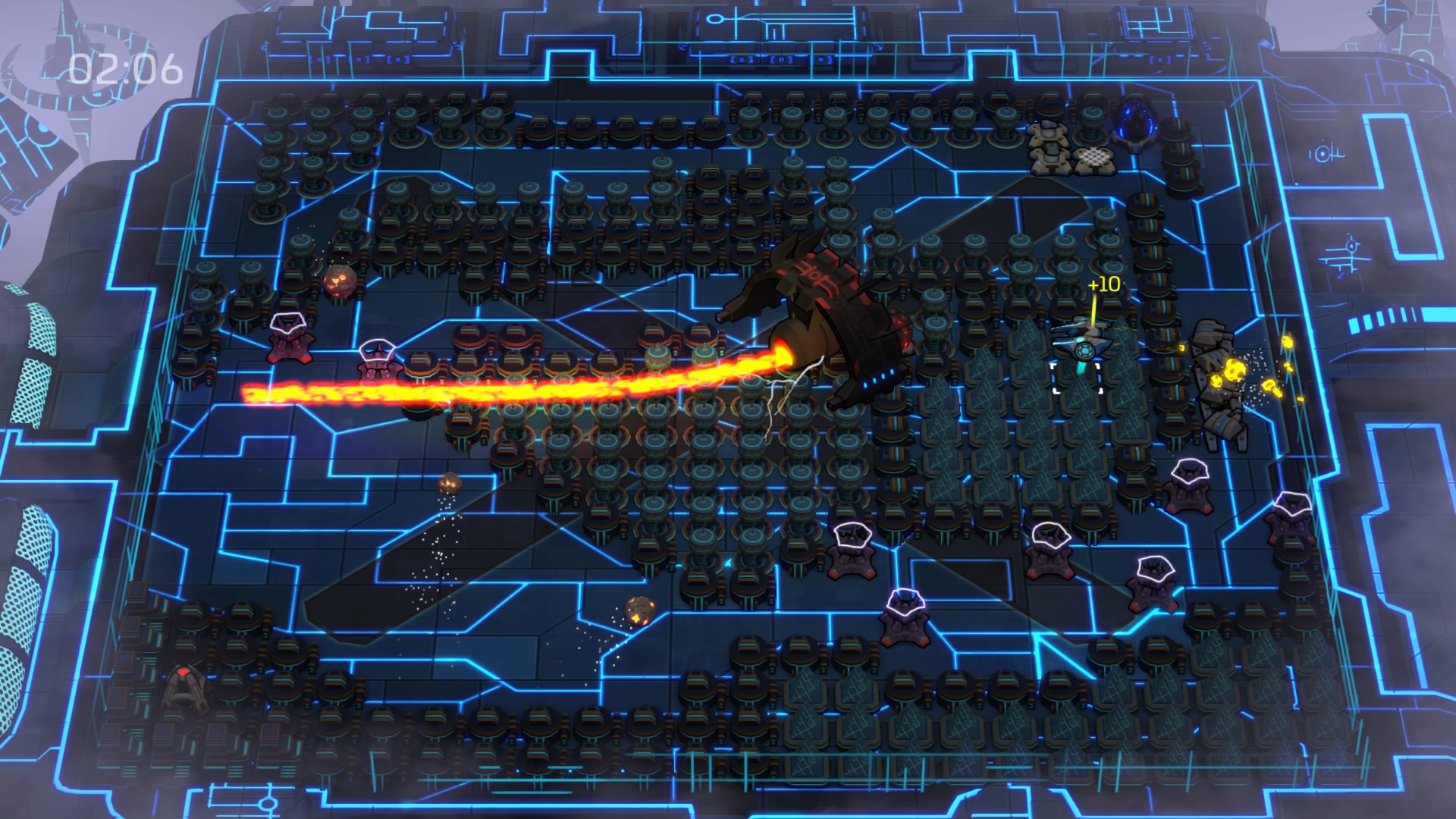
Similar, Yet Different
Every stage has a very familiar, yet unique feel that can be attributed to its straight-forward grid layout. Environmental obstacles and enemy units will pre-date the beginning of every match, with the configuration and size of the map varying for each stage as well. The design team has done a solid job of planning out each map in a way that multiple different sets of tactics can be used to win a battle, all the while heavily encouraging use of a specific new unit in others. Frequently the pre-match tooltips can offer up some sage advice on how to use a specific ability, which also tends to feel a bit like the proverbial *nudge, nudge* *wink, wink* hint about which units could be used in order to succeed.
If there was one significant beef that I had with the structure of the game, it was the tendency to be forced to face off against a new type of enemy unit, without knowing anything about it. I understand that there is plenty to be learned through first-hand experience. However, when you don’t know how a newfangled unit can be used against you, it can be a sure-fire recipe for death. Remember the trial and error I mentioned earlier? Be prepared for that to become your life over the span of Comet Crash 2’s sprawling 50 stage campaign. Mix in a bit of competitive multiplayer for good measure, and this is the kind of game that delivers a sizable chunk of gameplay for a relatively meager price tag.
Though it may not be what you imagine when you think of console RTS titles, Comet Crash 2: The Kronkoid Wars is a well-designed game that offers a constantly evolving structure. While it’s not something that will set the world on fire as far as hype is concerned, it’s an entertaining space adventure featuring a stout campaign and interesting mechanics. Spending a little time in its orbit would be a fantastic way to burn a few lunar cycles.
Review code for Comet Crash 2: The Kronkoid Wars provided by the publisher. Reviewed on PS4. For more information on scoring, please read our Review Policy here.
-
Nothing ever feels repeated
-
There are constantly new units being introduced
-
The control scheme is extremely well designed
-
Having to beat units before you know how they work seems unfair
-
Trial and error can become tedious over the course of the campaign
Comet Crash 2 Review
-
Comet Crash 2 Review #1
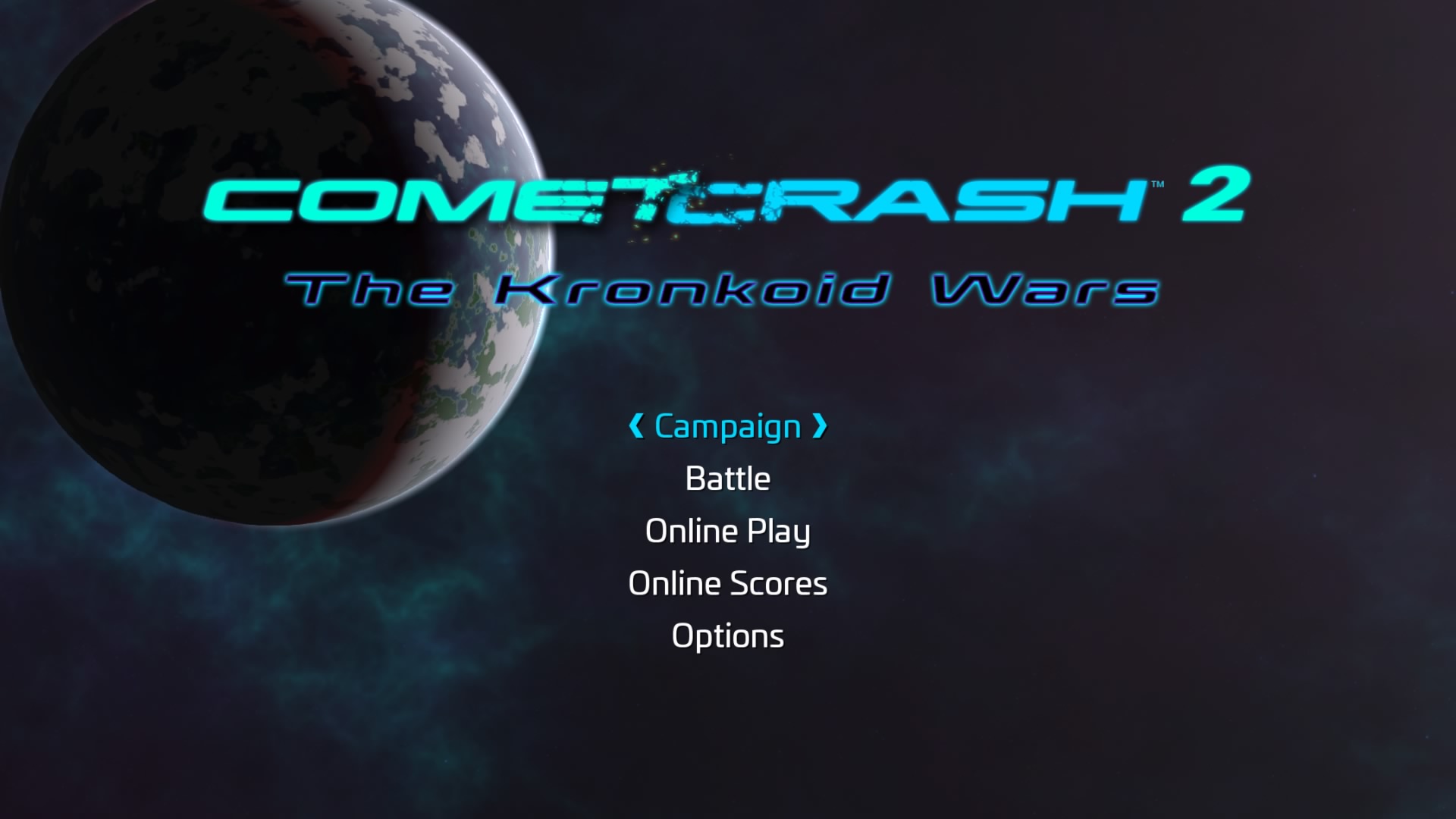
-
Comet Crash 2 Review #2
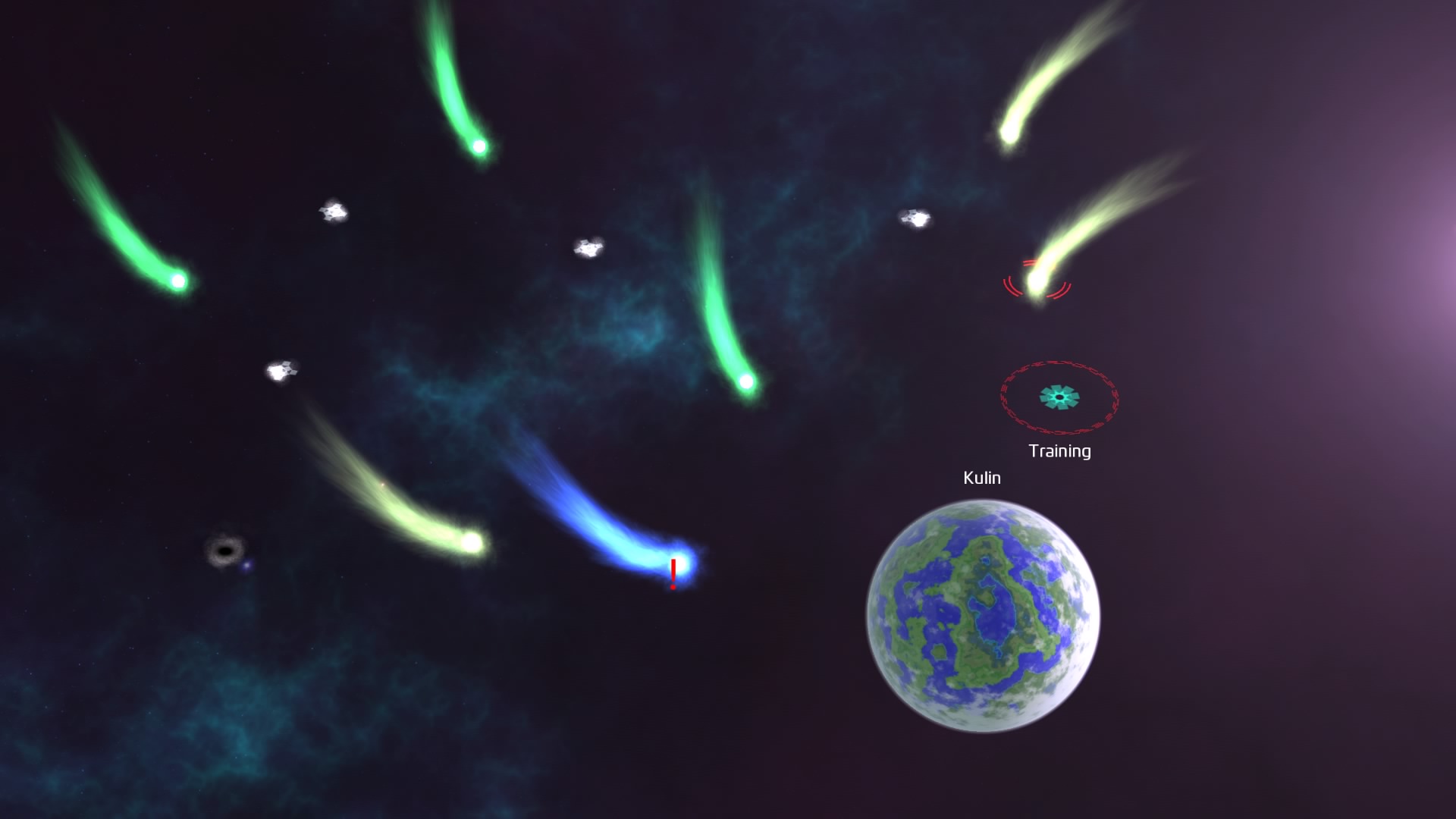
-
Comet Crash 2 Review #3
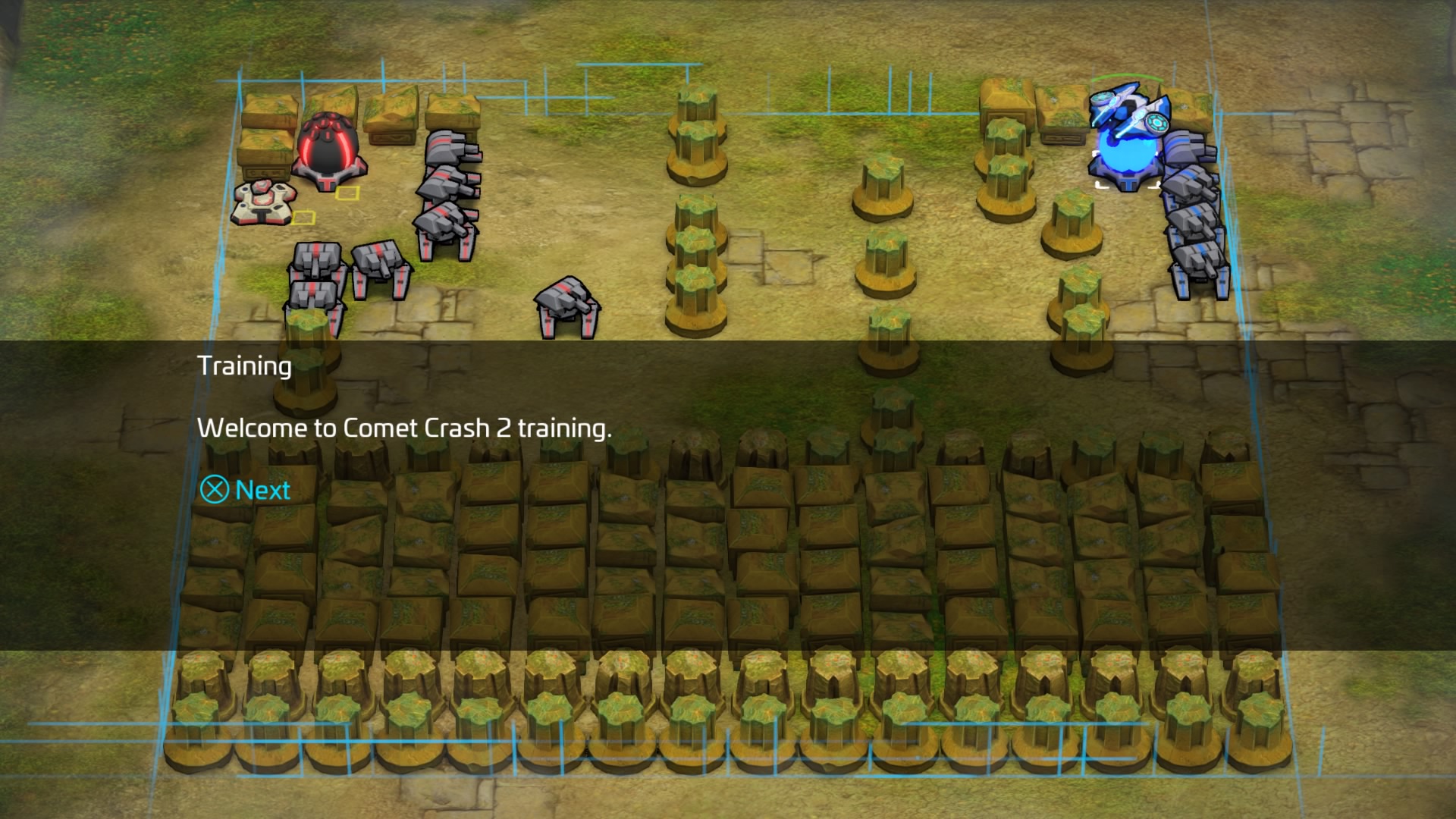
-
Comet Crash 2 Review #4
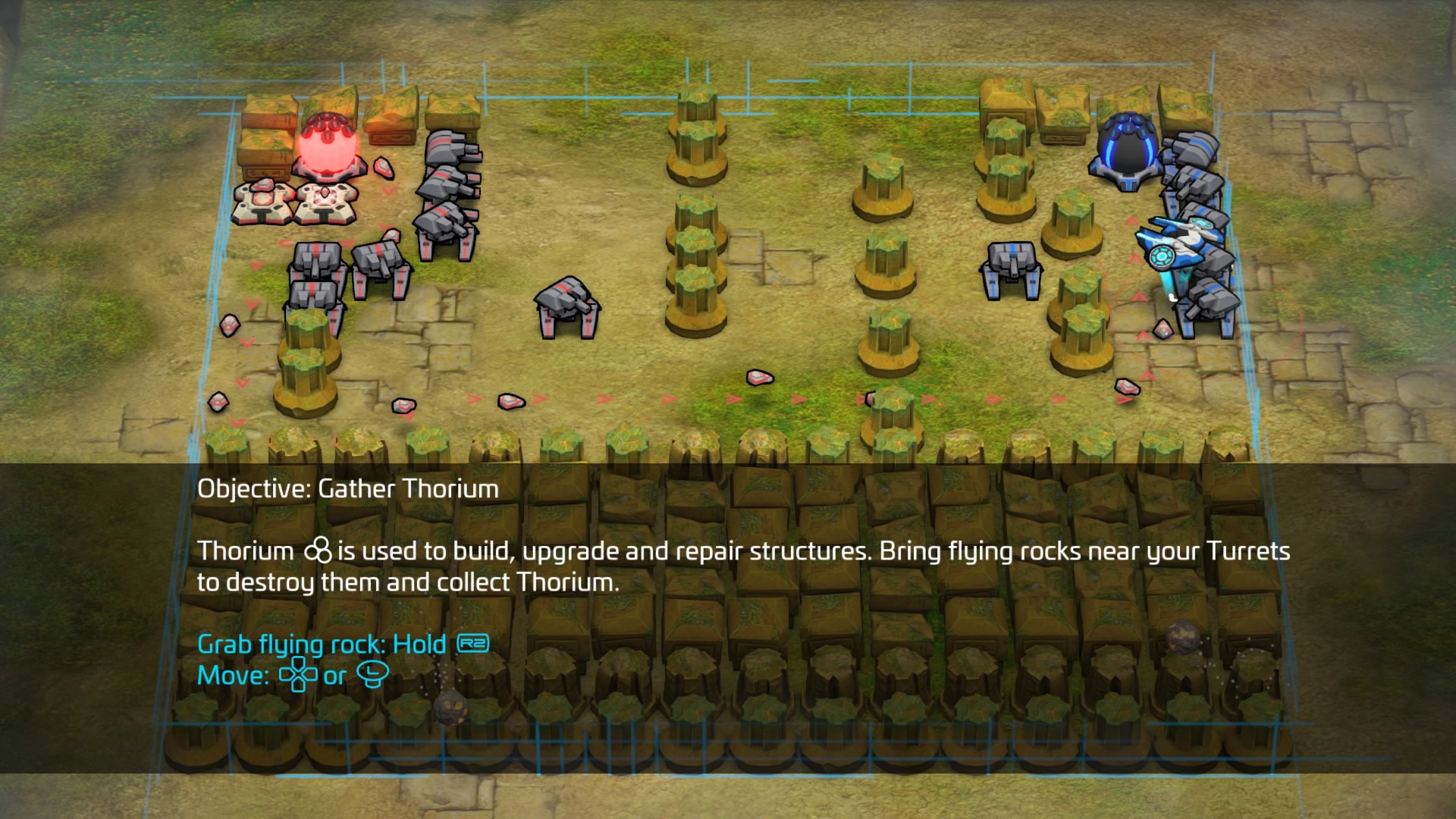
-
Comet Crash 2 Review #5
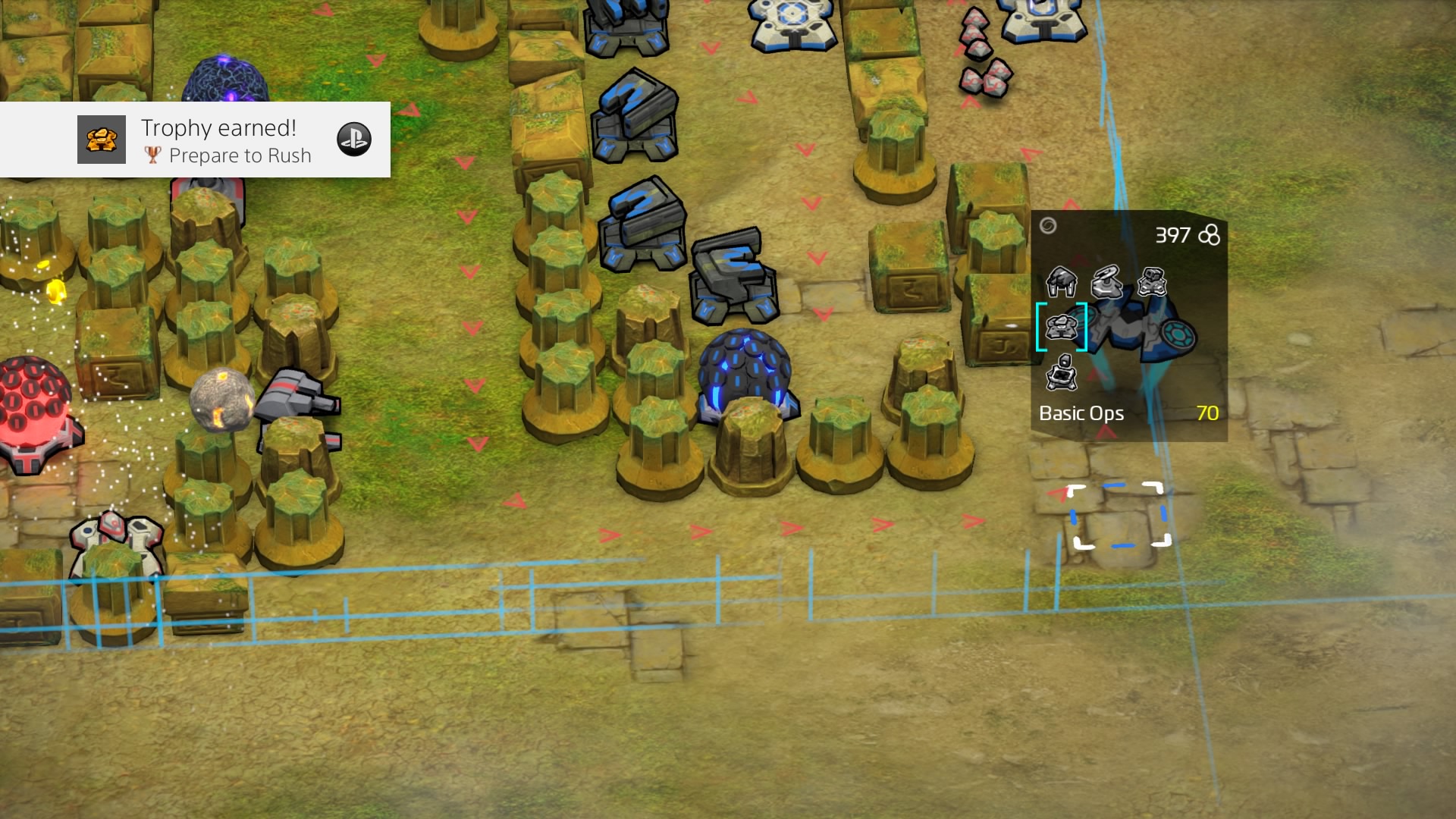
-
Comet Crash 2 Review #6
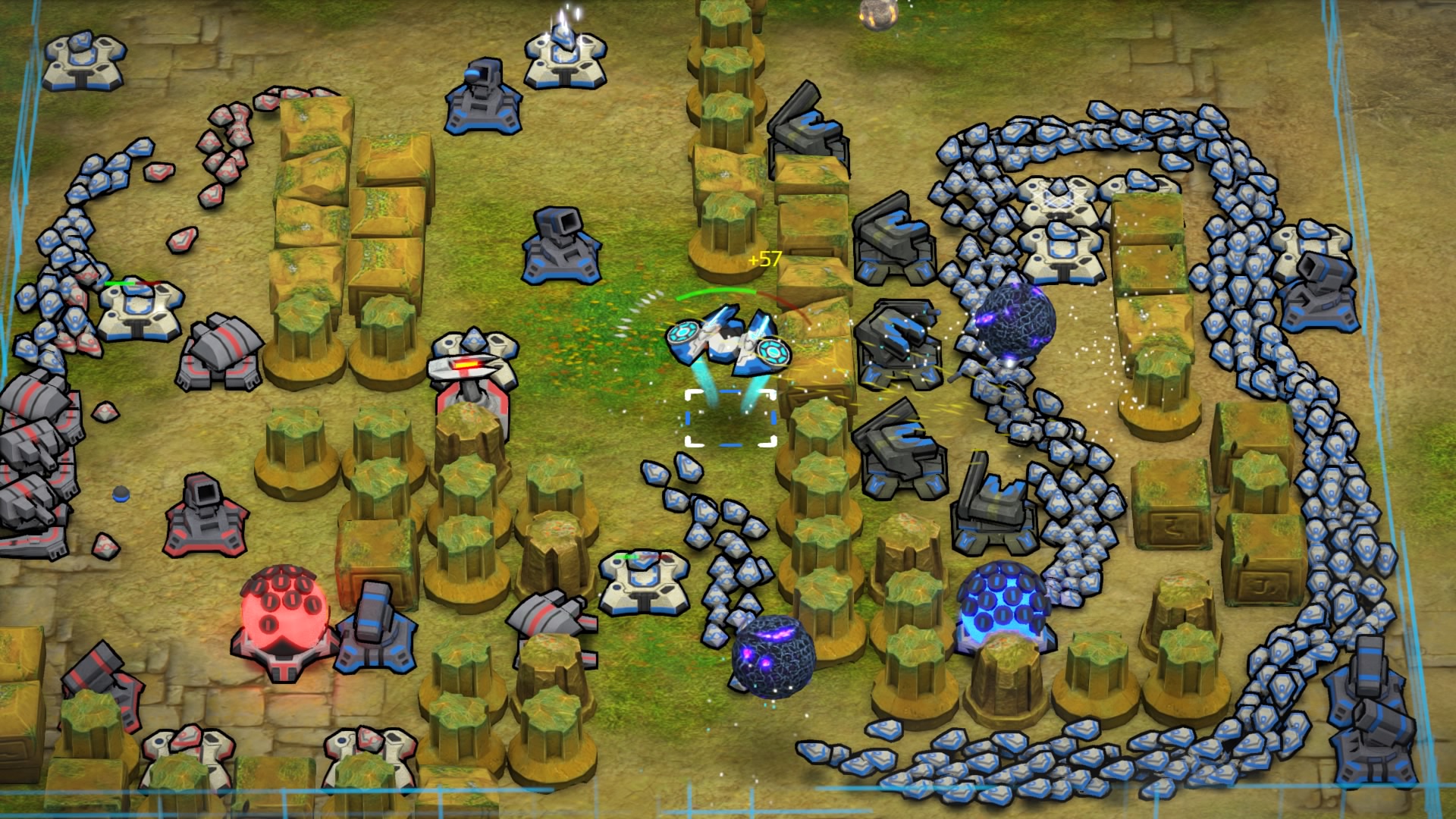
-
Comet Crash 2 Review #7
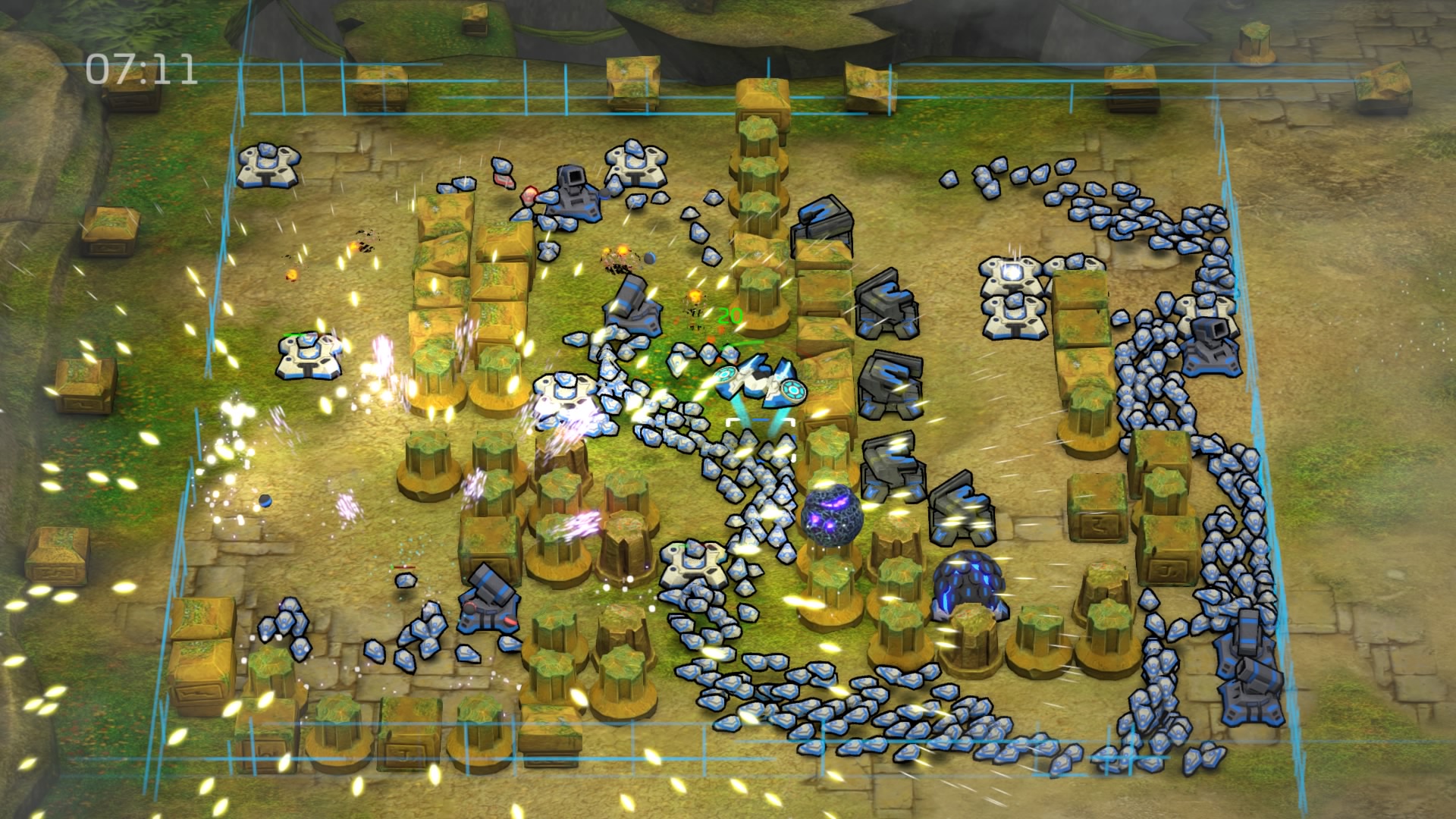
-
Comet Crash 2 Review #8
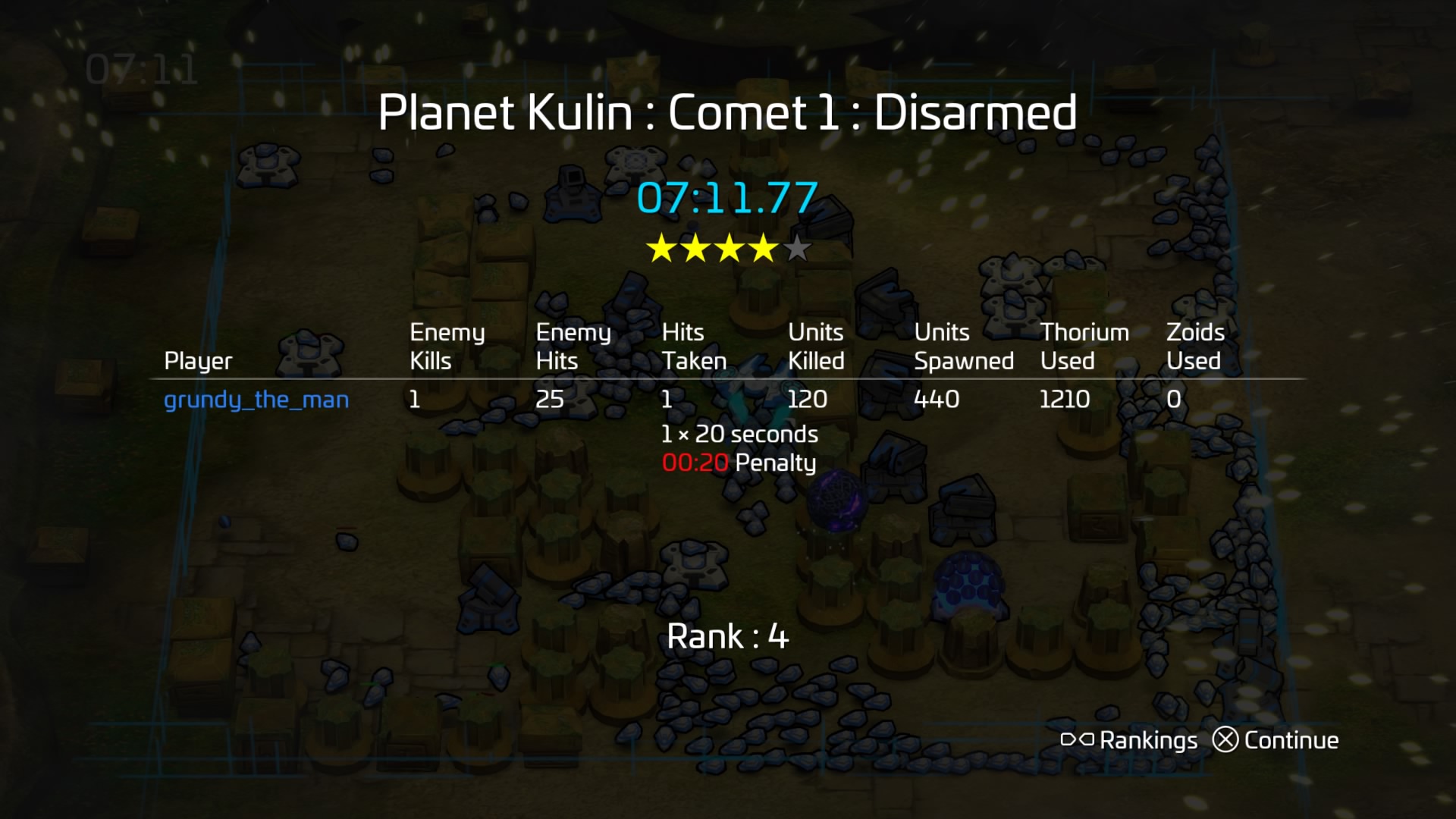
-
Comet Crash 2 Review #9
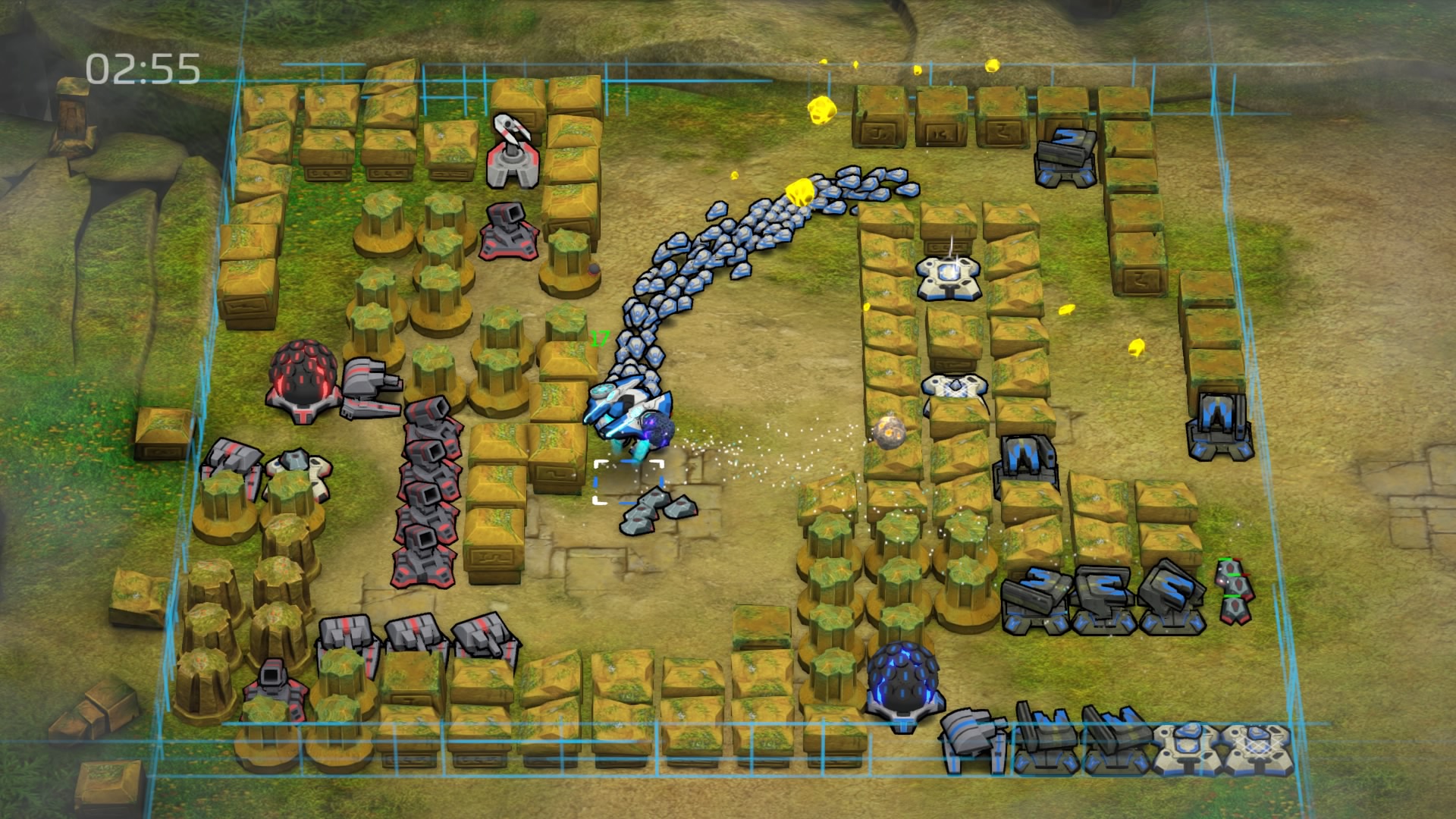
-
Comet Crash 2 Review #10
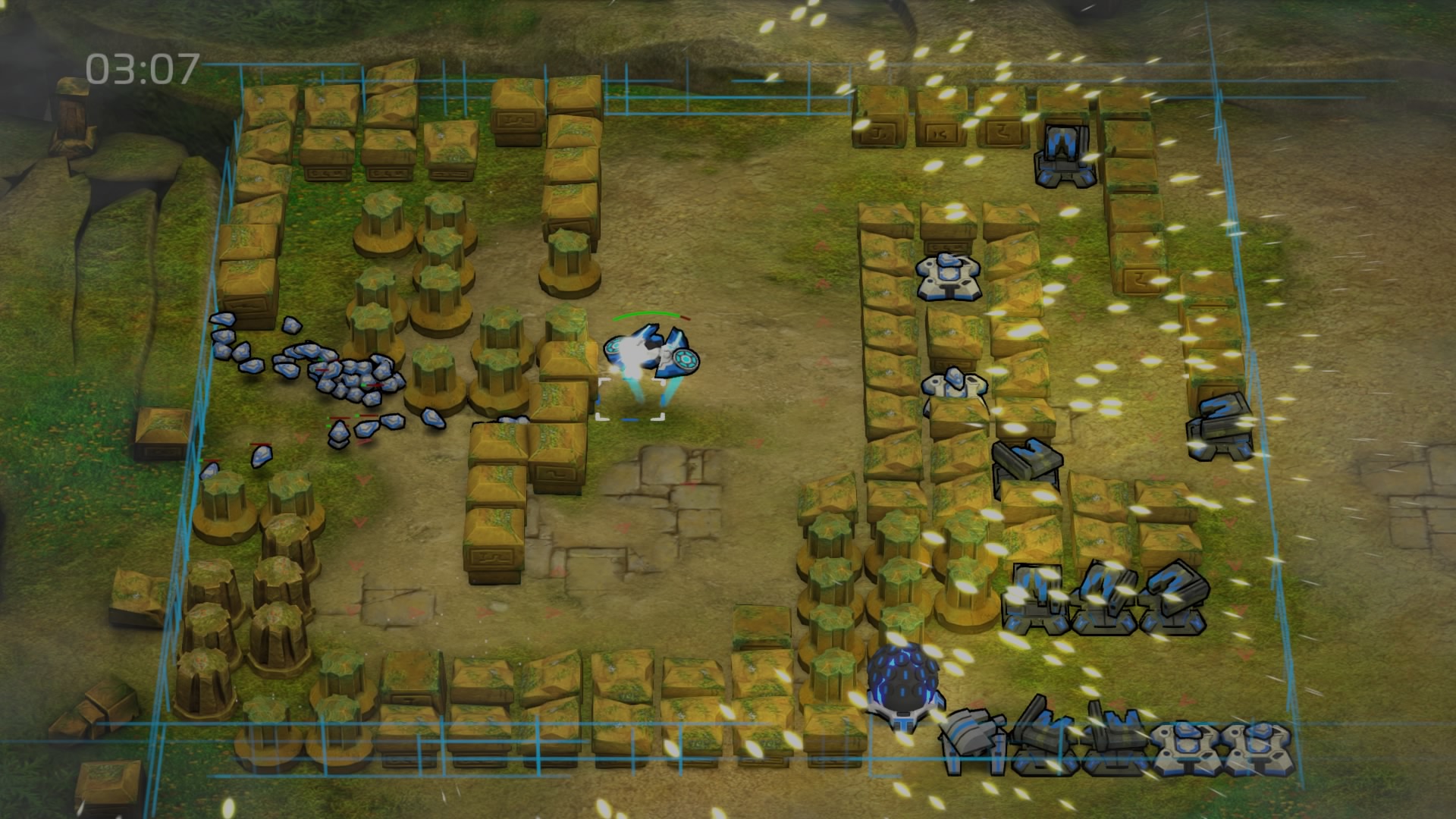
-
Comet Crash 2 Review #11
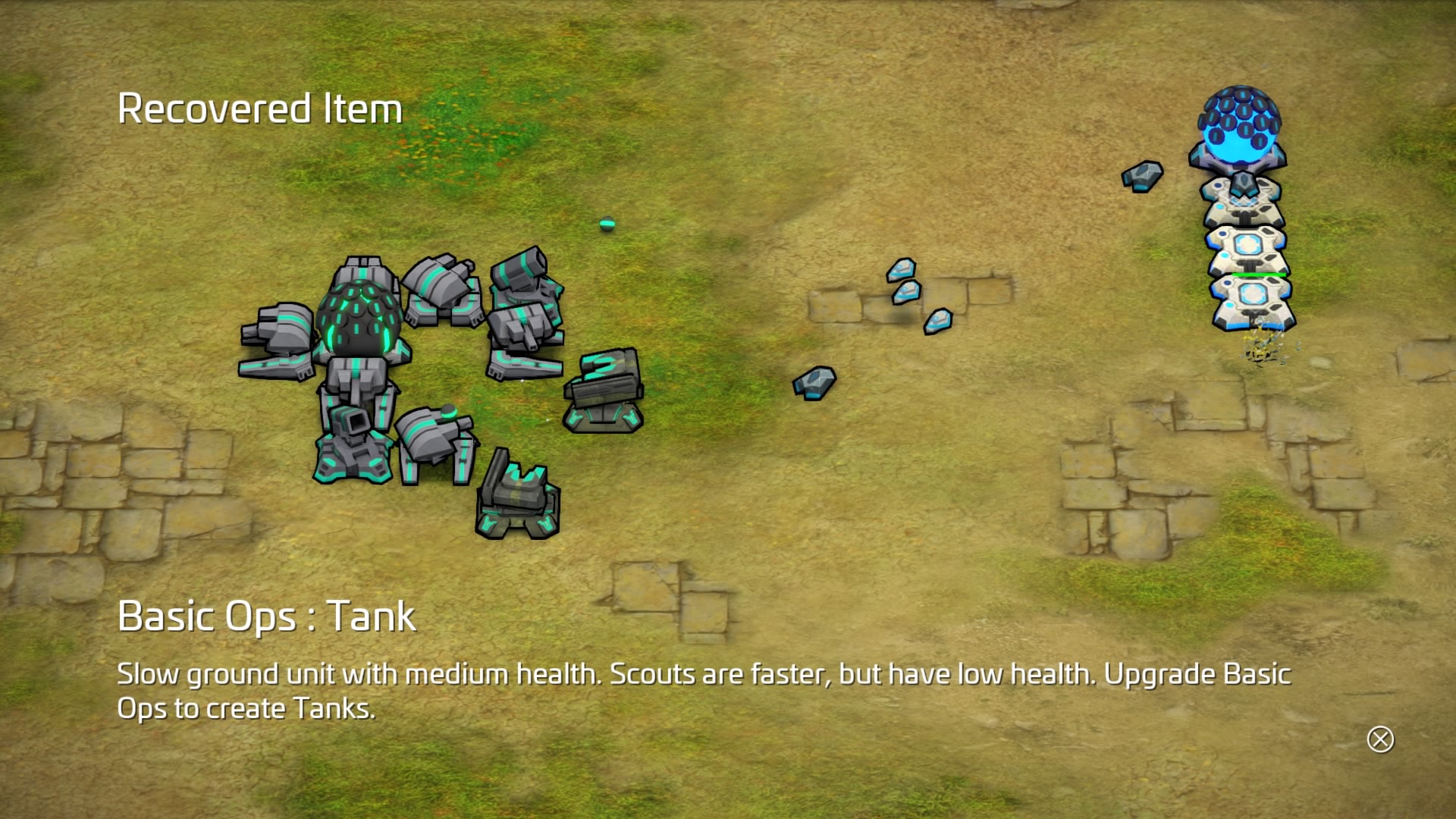
-
Comet Crash 2 Review #12
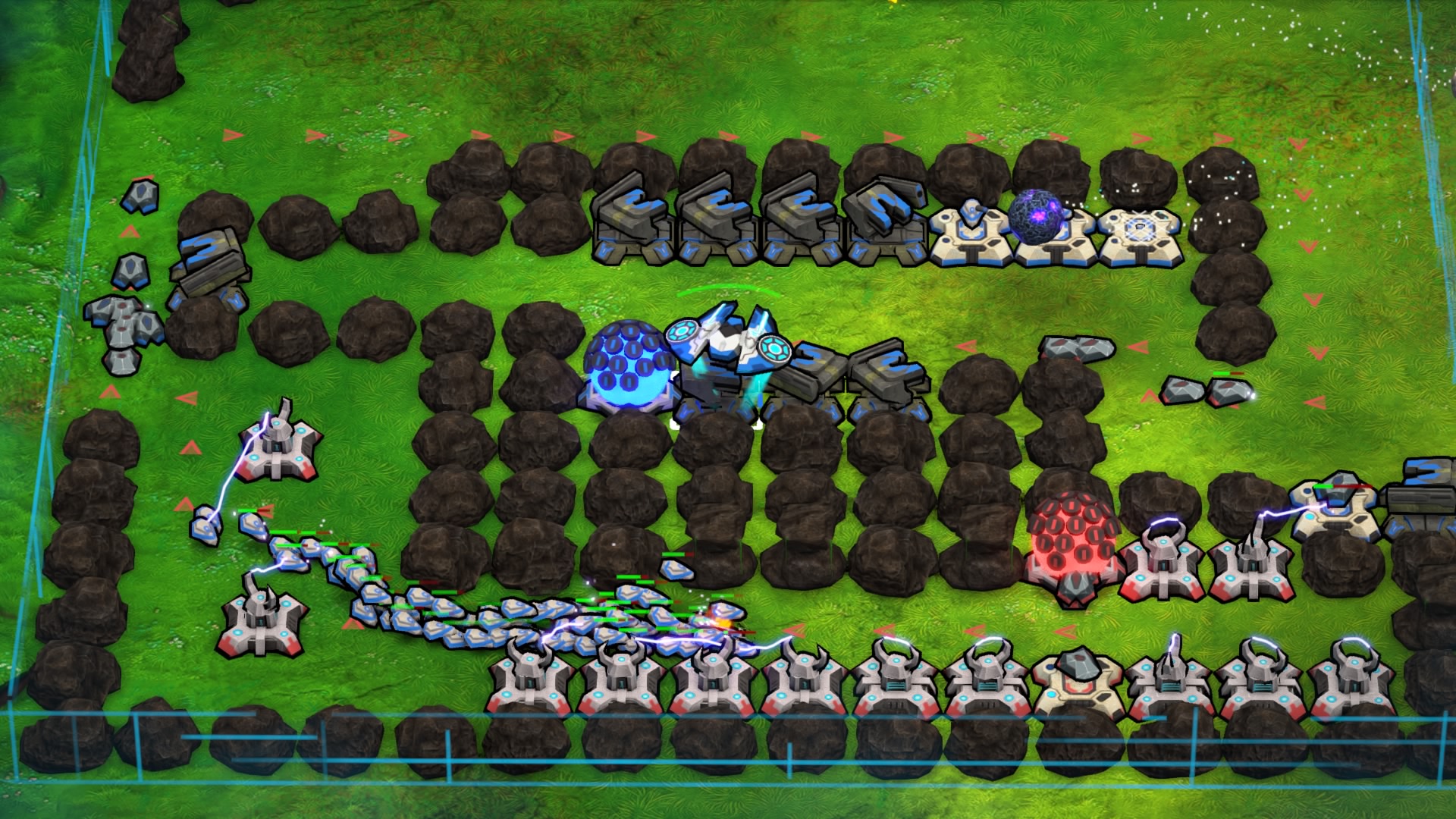
-
Comet Crash 2 Review #13
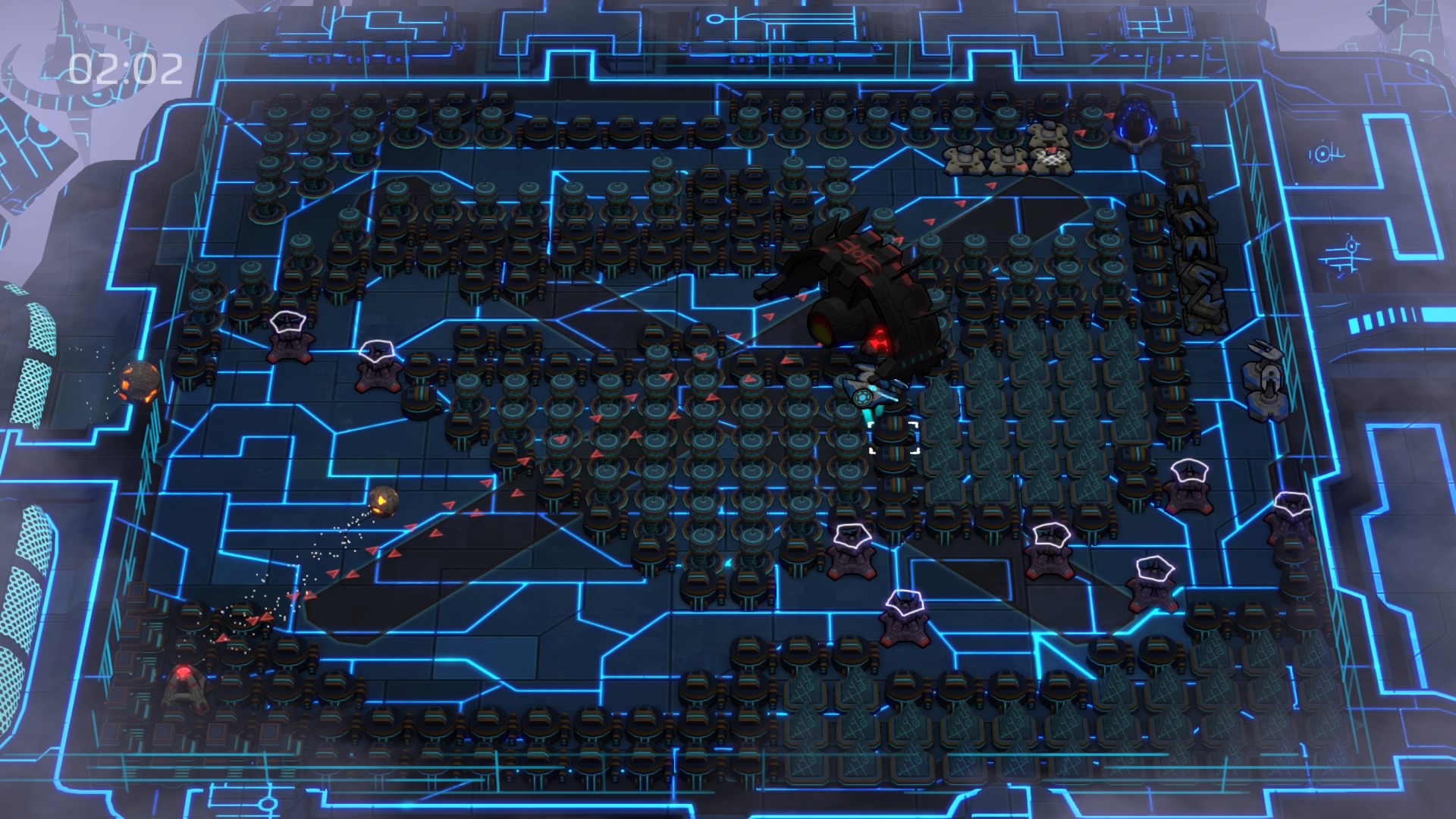
-
Comet Crash 2 Review #14
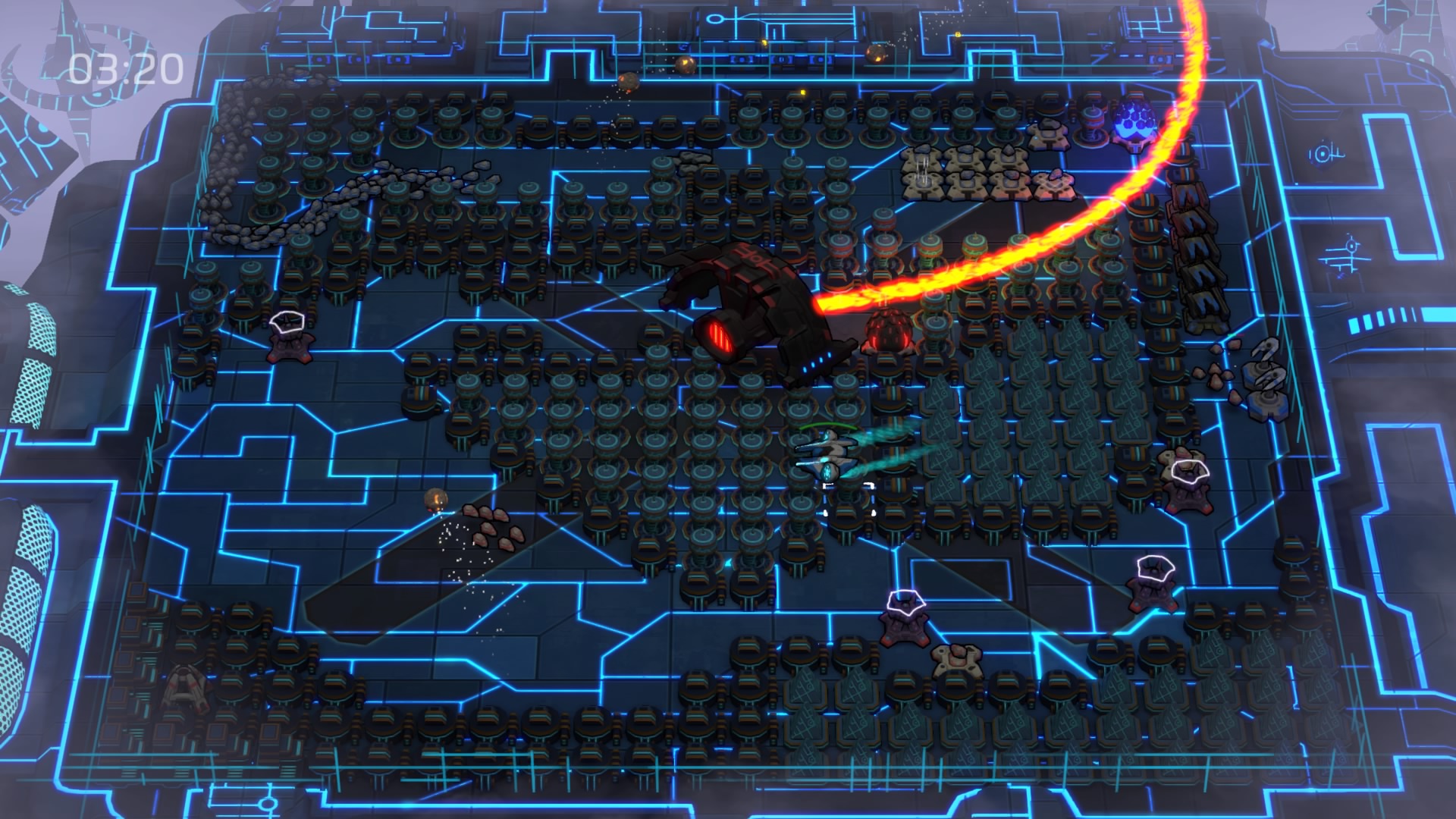
-
Comet Crash 2 Review #15
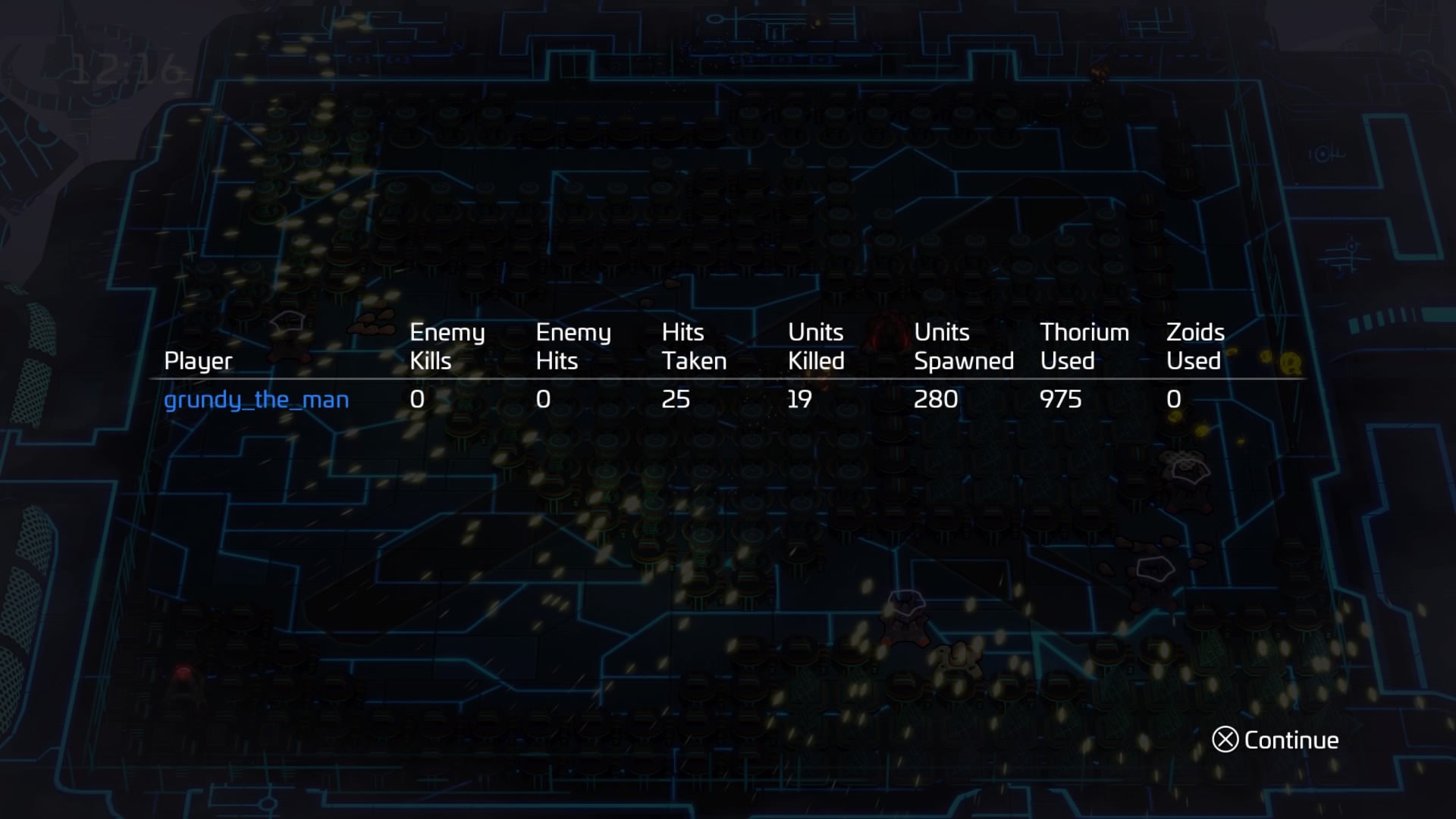
-
Comet Crash 2 Review #16
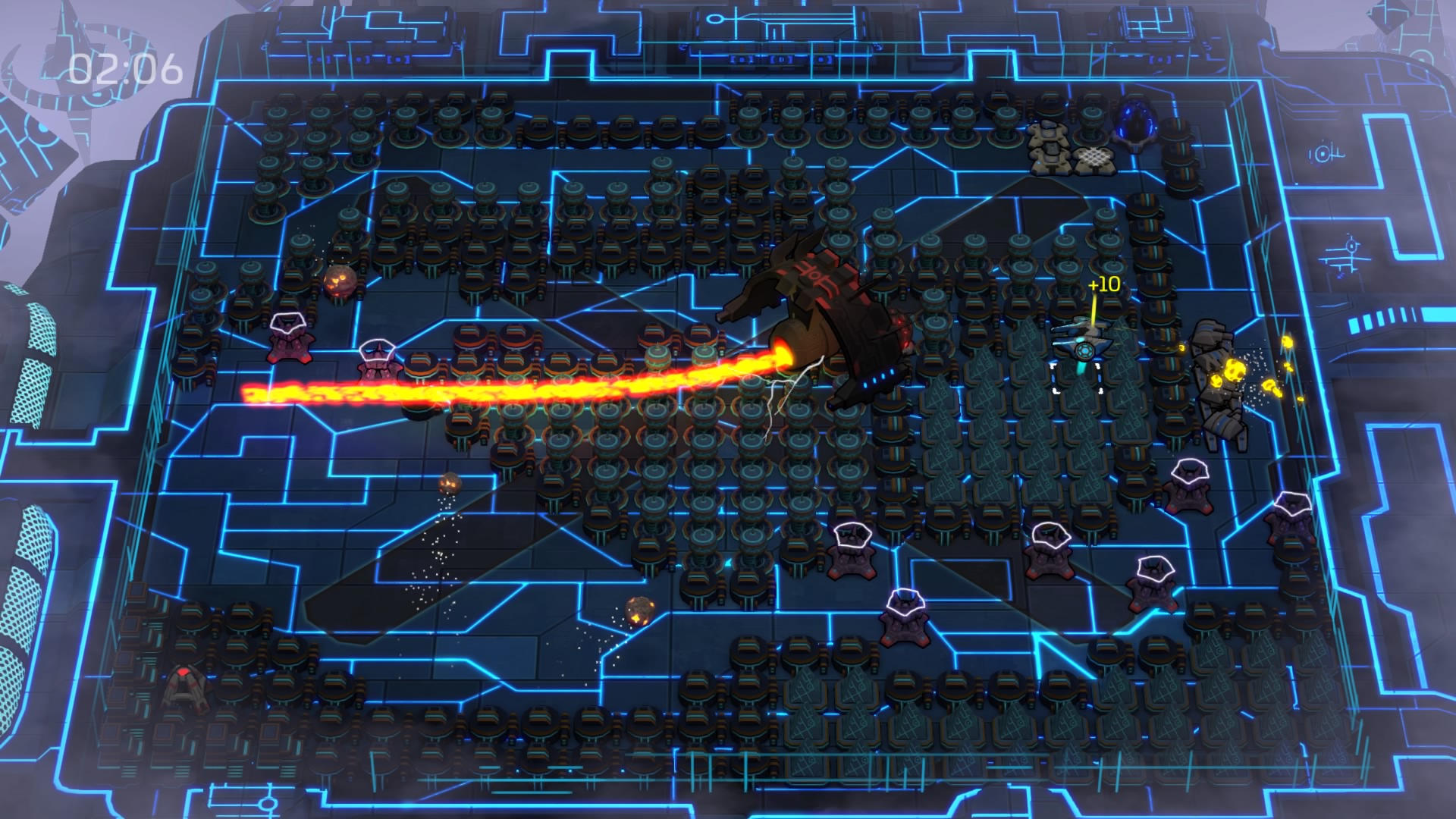
-
Comet Crash 2 Review #17
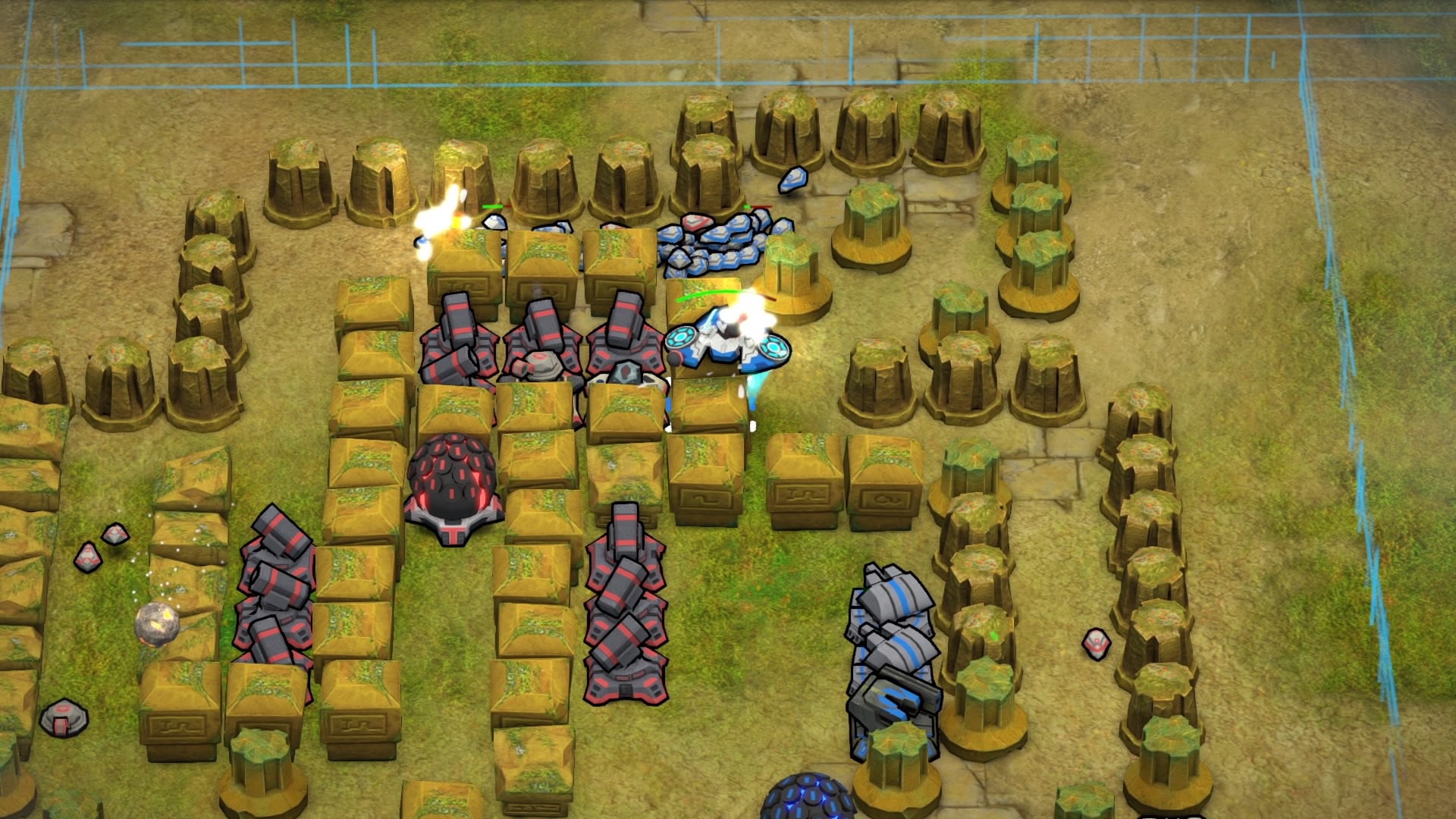
-
Comet Crash 2 Review #18
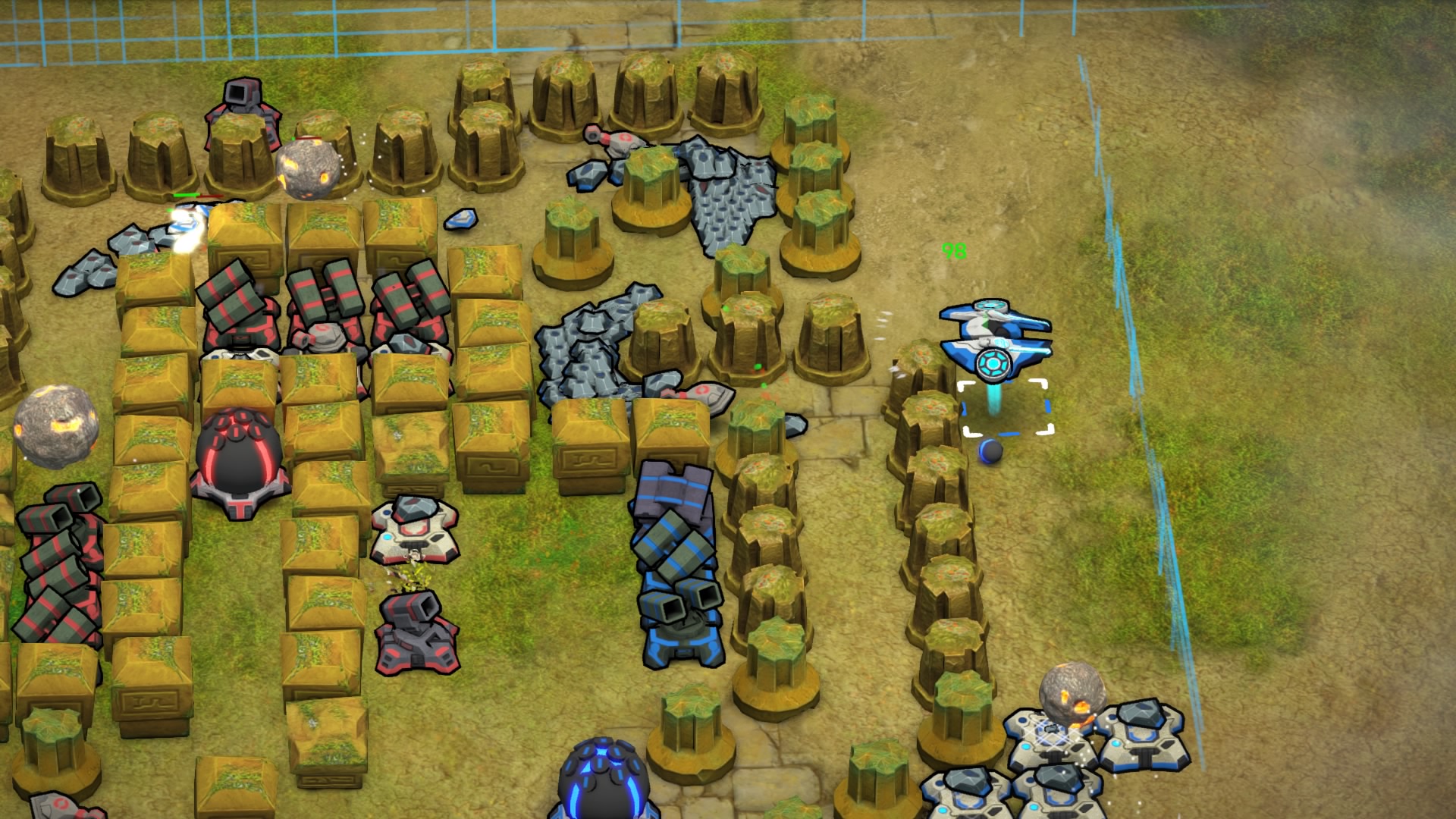
-
Comet Crash 2 Review #19
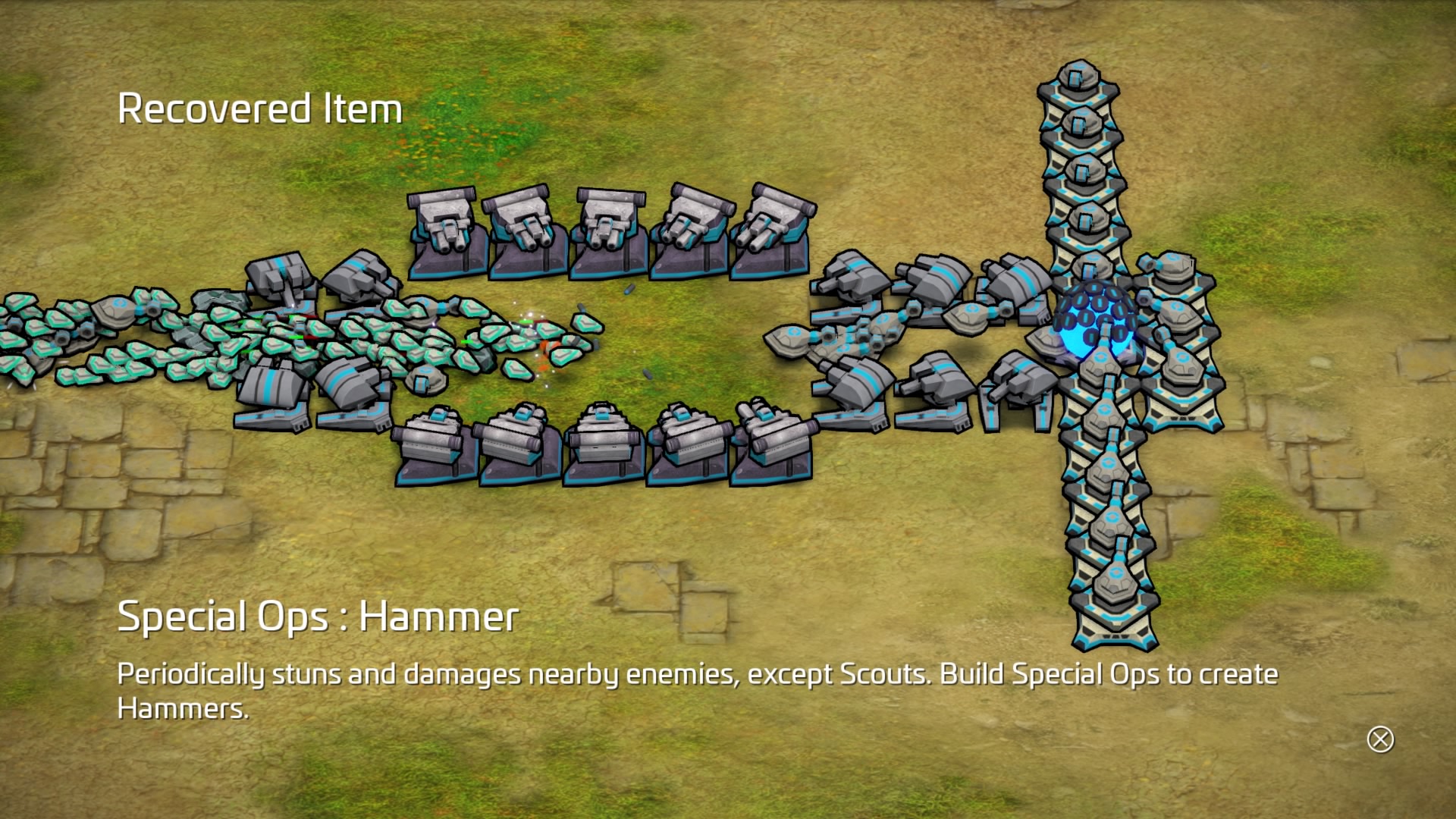
-
Comet Crash 2 Review #20
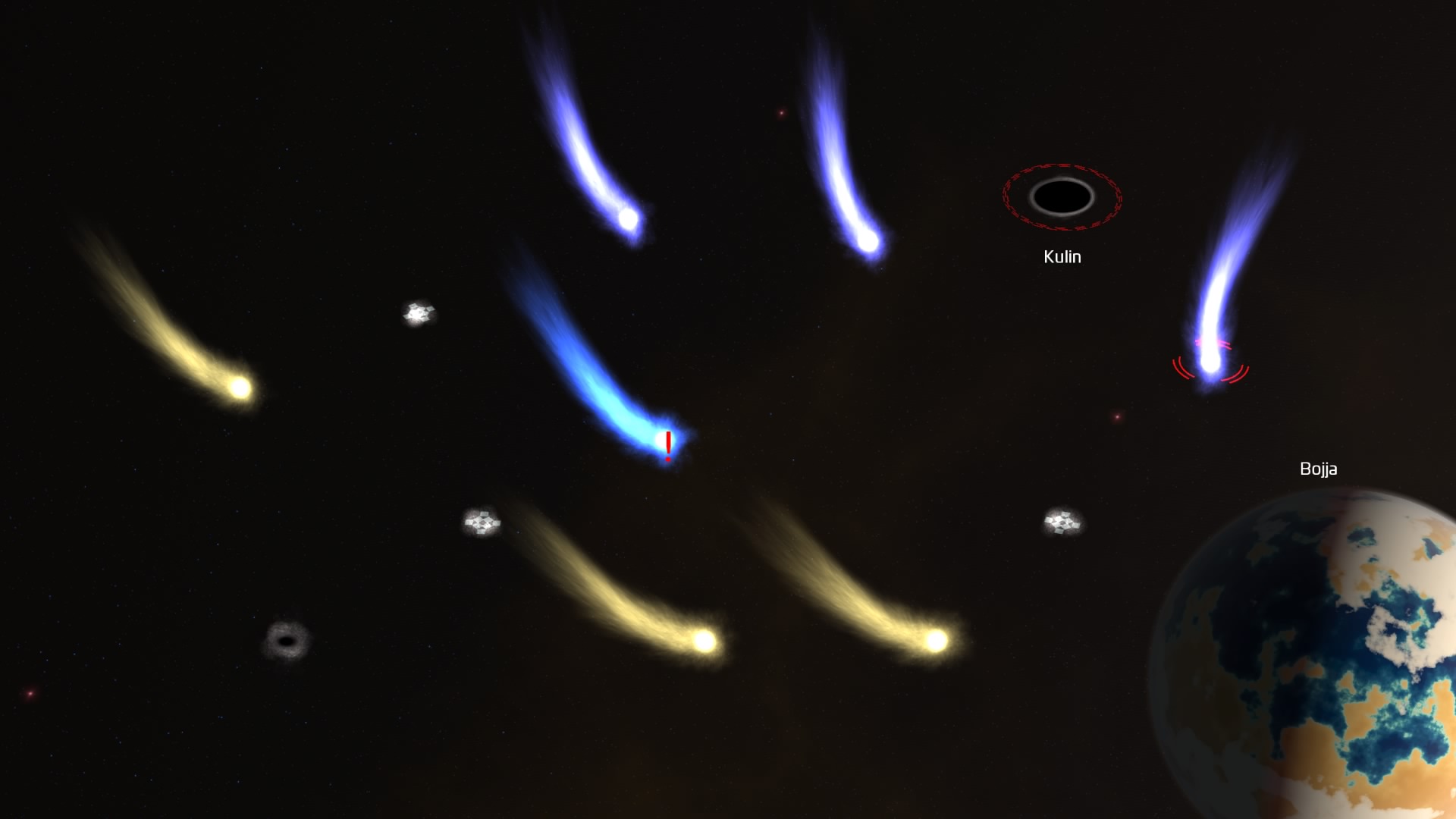
-
Comet Crash 2 Review #21
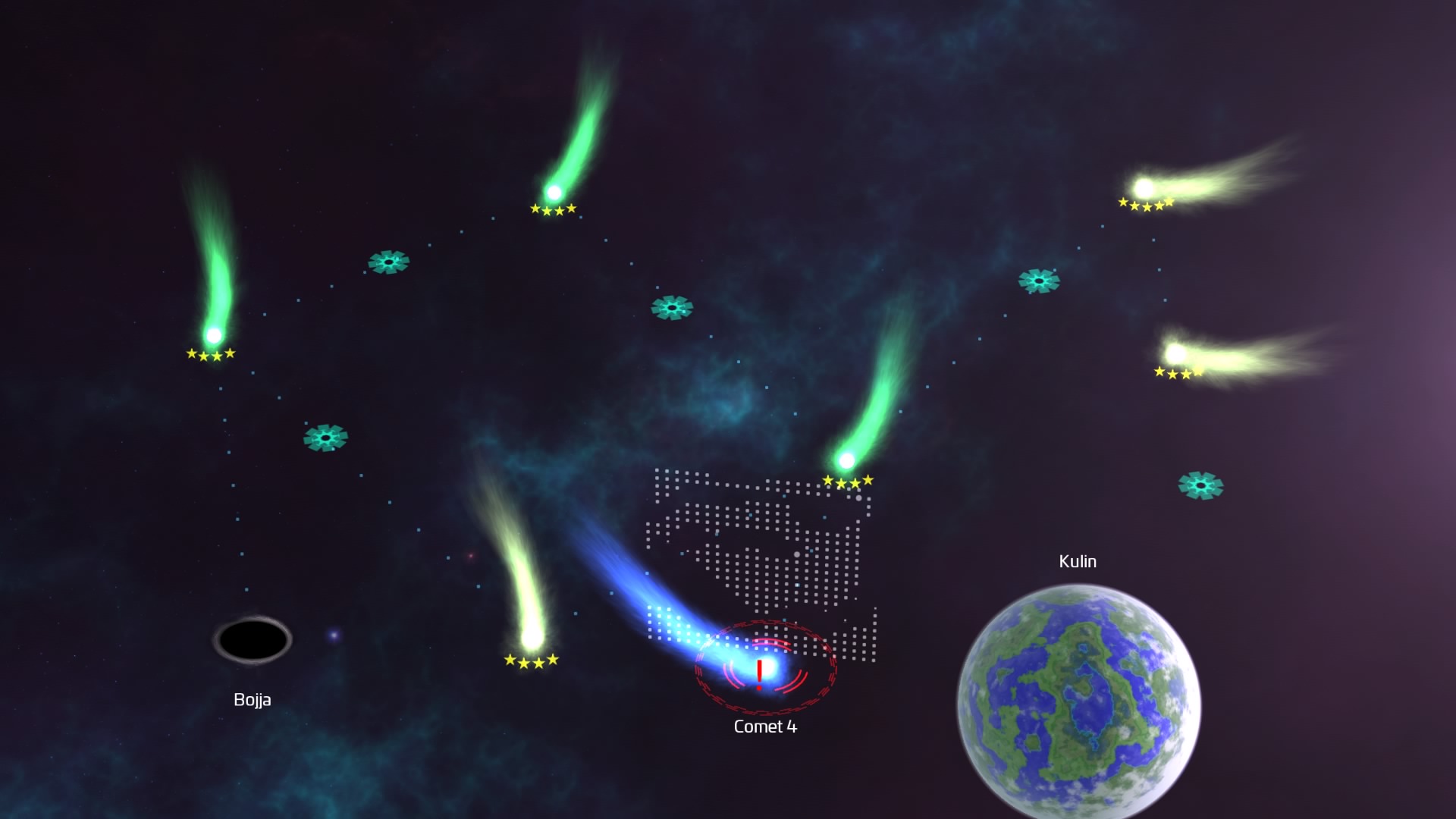
-
Comet Crash 2 Review #22
